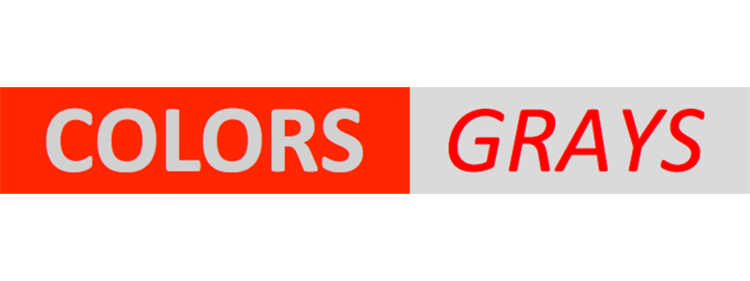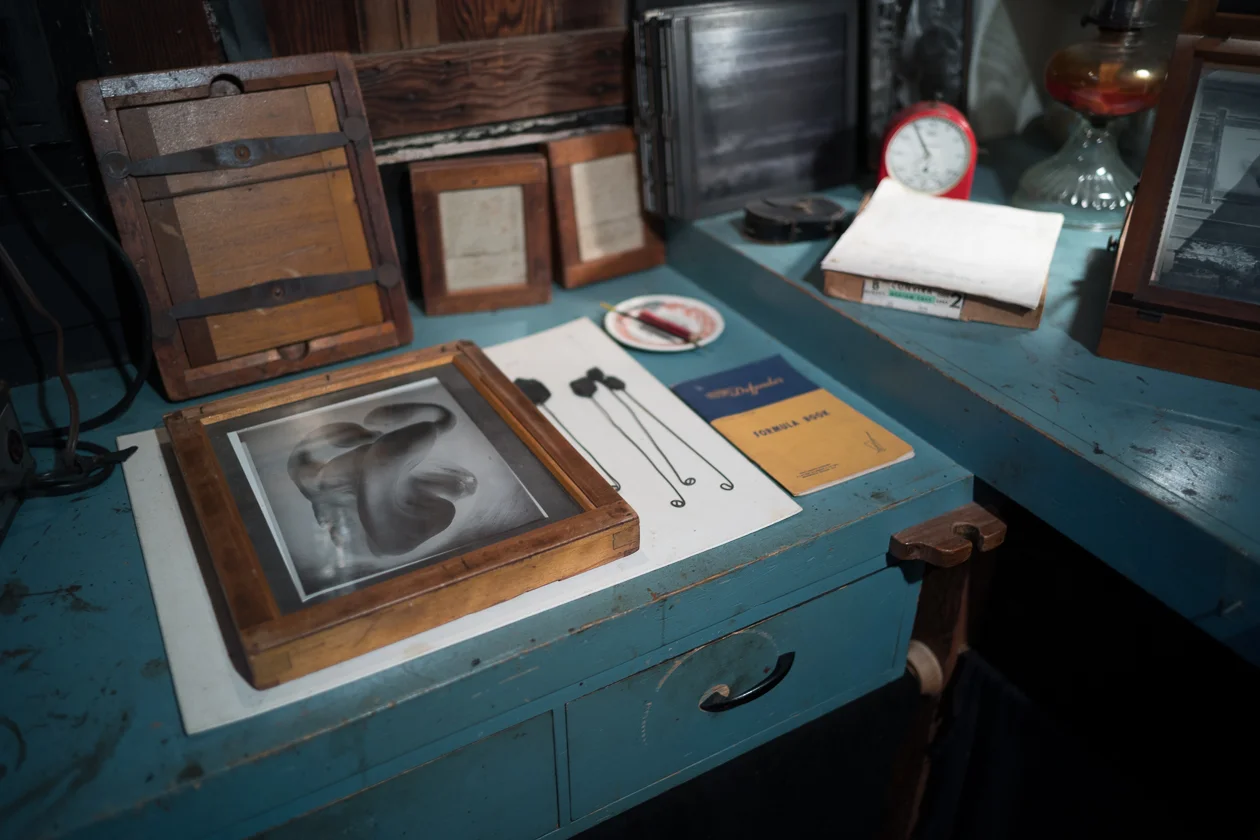I don’t remember when I first saw one of the iconic prints made by Edward Weston or when I first realized for myself the significance of his work in the context of bringing photography to an accepted form of fine art. His work and name is reproduced so abundantly that every serious photographer knows of him, has read something about him or of him, or at least recognizes his images. Certainly my goal here is not to make any kind of evaluation or comparison of his work but I leave a few links to some nice, shorter essays at the bottom of this article. However, my recent interest in his personal life was sparked when I read the superb biography about Group f/64 by Mary Street Alinder over this summer which was recommended to me by Scott Nichols. Edward Weston, Ansel Adams, Dorothea Lange and Imogen Cunningham among a few other West Coast photographers were core and adjunct members of this cooperative in the years following 1932. If you want to find our more about Edward's life and perspectives a good starting point might be to read his Daybooks and the autobiographic rememberance of Charis Wilson (Through another lens).
So since I was going to visit Carmel and Big Sur in October I wanted to find out a bit more about this area and setting where he found his inspiration both in nature and human interaction, where he took and printed many of his photographs and where he led a bohemian and simple life, but also probably at times challenging in many ways.
When searching the web about places to stay I was surprised to learn that on Wildcat Hill in Carmel Highlands, Gina and Kim Weston rent out a guest studio right next to the original coastal cabin of Edward Weston where he lived most of the time from 1938 until his death in 1958. In fact, they call this place home which had seen several expansions over time. It is also the location of their own gallery. Unfortunately, the place was booked but Gina kindly invited me and a photographer friend over to come and visit the cabin on a Sunday afternoon. I had known nothing about Kim and Gina before, I had heard about Brett and Cole Weston and seen some of their images, but I did not know that Kim was a successful third generation Weston photographer, that their son Zach is a 4th generation photographer and that in fact there was an exhibition running in Germany this year titled: „Weston 4 Generations: Classics Of Modern American Photography“ organized by their friend Friedrich Saller. That was amazing: four generations of photographers, I had never heard of that. I had also not known that the cabin where Edward lived was still around and occupied by his grandson's family, let alone that it is still in a state which is probably as close to a living museum as it can get. A truely Historic Place with the original darkroom and much of the original furniture, books, relics and artwork, at the same time used by Kim and Gina as a living room, kitchen and probably as a place of inspiration, reflection and social coming together. Of course, a ton of people knew about this place or like me found out about it and had already visited them. I am sure these people found it as generous as we did that this friendly couple lets you into their private home and experience some of the magic which this place brings about.
The weather on this particular weekend was marvelous and when we arrived at the cabin in the late afternoon the light was just fantastic and soaked everything is warmth and transparency.
And then you enter this charming place which is full of natural light.
The cabin inside feels larger than from the outside, the south side features a comfortable living room area decorated by framed prints and sculptures. When Edward lived in this cabin the bed was in the right corner which you see here. The patio, which was built later, goes out to the West.
The north side has the dining and working kitchen area, and behind it the darkroom - you can't see the entrance to it here, it is to the left side of the table which was already used by Edward.
This here is Kim Weston who gave us a full tour of the cabin and explained everything, in this case about Edward's 4x5 Graflex camera which stands next to his original bookshelf. The little note in the left window glass of the bookshelf reads: "I do not lend books to friends. I do not want to lose my books, nor my friends - Edward".
You also get an idea why this place is called "Wildcat Hill"
Moving clockwise from the bookshelf we come to a famous window (the left one in the living room image above) where this image was taken by Edward. Notice the shoes which were left out to dry just below the window?
Well, facing south it is still a preferred drying space today, only that instead of a young women my travel companion Marco was peeking out the window like a ghost.
The shelf on top of the fireplace is nicely framed by prints (showing a most famous pepper image) and decorated by sculptures.
This image here shows Edward with his 4 sons.
One of the most special places in the cabin was this area on the west side. It contained a wood carving done by Brett Weston with which he translated his image of a dune into a beautiful wood sculpture. The famous image of Charis Wilson to the right is to me the most elegant and tasteful image of a person only dressed by light and shadow that I have ever seen, it belongs to Edward Weston's legacy.
Entering the darkroom was of course a highlight. Note the type of equipment you see here and imagine the skills it took to make reproducible perfect prints (he might have had many discussions with Ansel Adams on the topic). At that time it was probably unconceivable that some of Edwards original prints would now cost several hundred thousand dollars. Most of them came out of this darkroom. - What you see here is a cassette for making contact prints and some tools for dodging and burning.
All his prints were made without an enlarger and exposure was done by switching on and off this light bulb. On the top you see two frames which show the cabin in its original state.
In this close up you can see the cabin without the front door and porch which were added later.
This here shows the bench with some chemicals and the forms to develop, fix and and water the prints in. It still smelled like a darkroom.
Amidol was a key developer used by Edward Weston.
And on this notepad next to a cassette some of the original formulas are written (see close-up).
The darkroom clearly had a lot of mojo but spending hours and hours in it was still probably what it would be today - hard work.
One of the last treasures Kim showed to us was a guestbook of Edward Weston.
This page from 1940 was even nicely illustrated as friends and family members assembled to celebrate for a variety of reasons in what might have been a rather bohemian night.
This was the end of a very personal introduction to the Weston family. There is a youtube talk (30 min) by Kim which explains much of this history and context audibly if you are further interested. - Thank you Kim and Gina for allowing us into your world and into the world where Edward Weston lived and came together with his family and friends. I could see and feel why this cabin was called "the little house with the big mood", it still is today.
-------------------------------
Links:
Passion Fruit - Edward Weston quested for the perfect pepper
Edward Weston: the greatest American photographer of his generation?
The title of this documentary was borrowed from a hommage of Dorothea Lange and Margaret K. Mitchell to life in a California coastal cabin, titled: "To a Cabin".
























